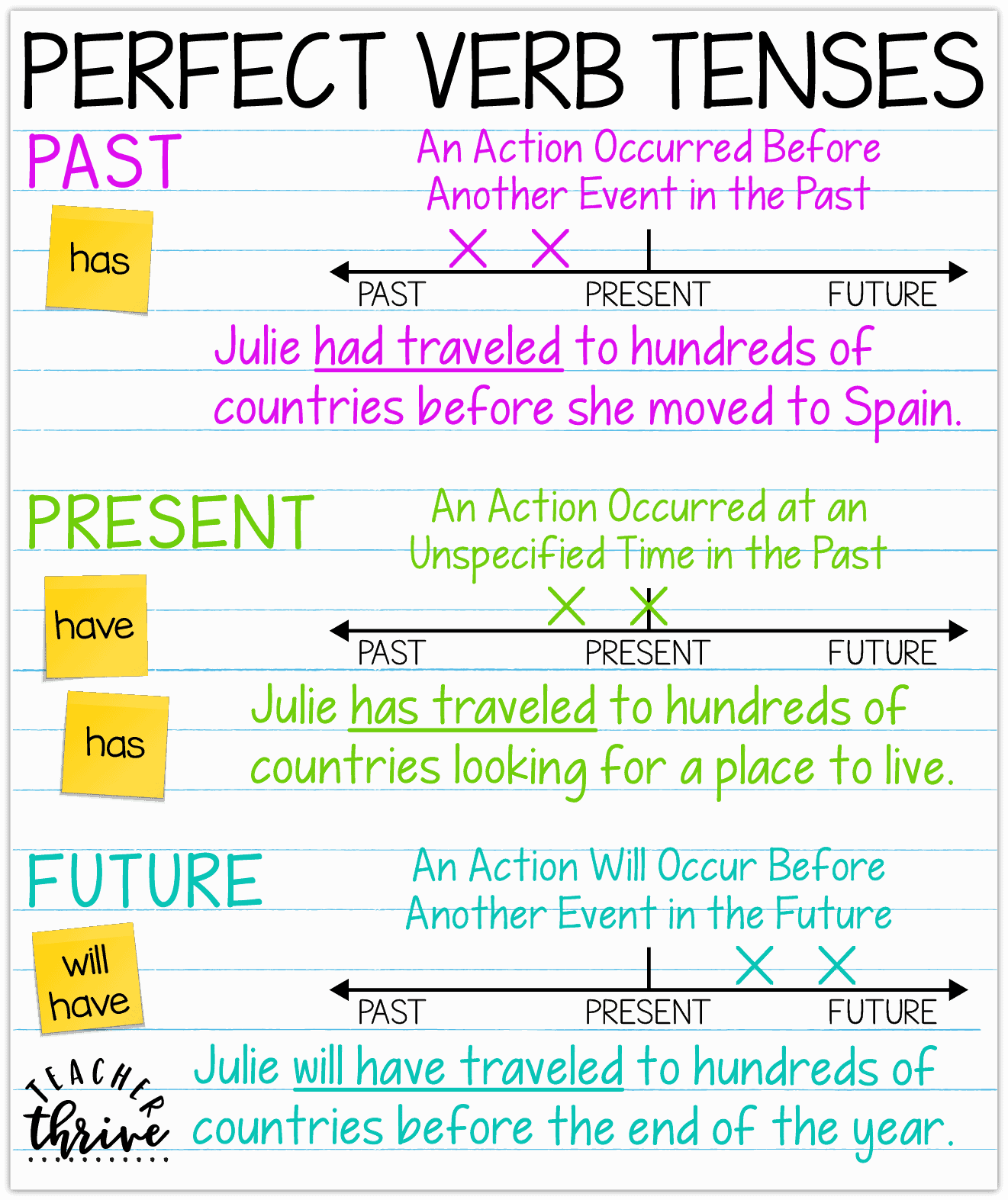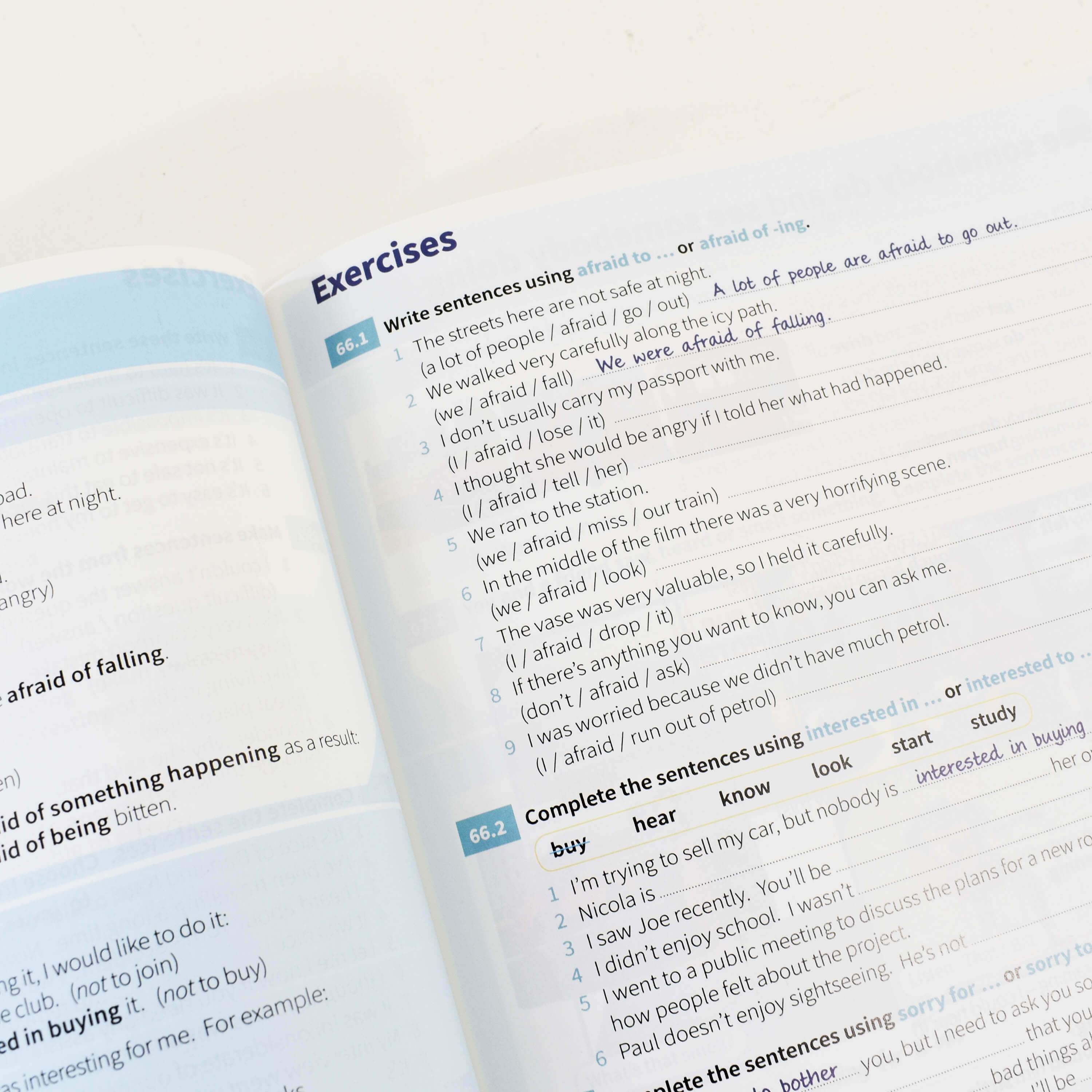Learn Basic English Grammar with "Basic Grammar in Use"
Learning English as a non-native speaker can be challenging, especially when it comes to grammar. One of the best resources to help you overcome this hurdle is
"Grammar in Use Basic" by Raymond Murphy.

In this blog post, we will discuss how to effectively use this book to learn and improve your English grammar, so you can communicate more confidently and accurately.
Why "Basic Grammar in Use" is the perfect tool for non-native speakers
"Grammar in Use Basic" is a comprehensive and easy-to-understand guide specifically designed for non-native English speakers.
 It covers essential grammar rules and provides clear explanations, along with practical examples to illustrate their usage. The book is also divided into short, focused units that cover individual topics, making it easy for learners to work on one concept at a time.
It covers essential grammar rules and provides clear explanations, along with practical examples to illustrate their usage. The book is also divided into short, focused units that cover individual topics, making it easy for learners to work on one concept at a time.
Moreover, the book is accompanied by helpful illustrations and includes exercises that help reinforce the concepts learned. The self-study approach of "Grammar in Use Basic" allows learners to progress at their own pace, making it an ideal resource for those who want to master English grammar.

For more creative ways to teach and practice grammar:
Why you should even bother to teach your child English grammar?
How to use "Basic Grammar in Use" effectively
- Take notes: As you work through the book, make sure to take notes and create your own examples. For instance, when learning about the present continuous tense, jot down the rule and then create sentences like "I am reading a book" or "She is cooking dinner." This will help you better understand the rules and how they apply in various contexts. It's also a great way to review what you've learned and track your progress.

- Practice regularly: Consistency is key when learning a new language. Try to set aside time each day to study and practice using the book. For example, commit to spending 30 minutes every evening working on a new grammar concept, such as the past simple tense or adjective order. The more you practice, the more confident you'll become in your understanding of English grammar.
- Review and reinforce: As you progress through the book, make sure to review previously learned material. For instance, after learning about the present perfect tense, go back and review the present simple tense to ensure you can differentiate between them. This will help reinforce your understanding of the rules and ensure that you retain the information long-term.
- Use additional resources: While "Basic Grammar in Use" is an excellent resource on its own, it's always a good idea to supplement your learning with other materials. For example, watch YouTube videos on specific grammar topics or listen to podcasts about English grammar. This will help you gain a well-rounded understanding of English grammar and improve your listening and speaking skills.

For example, using "Grammar in Use Basic" to learn the "to be" and "have had" grammar concepts can be approached through the following steps:
- Locate the relevant sections: Find the units in the book that specifically cover the "to be" and "have had" grammar concepts. These sections will provide clear explanations, examples, and exercises to help you understand their usage.
For "to be":
- Study the conjugations of the verb "to be" in different tenses and forms (am, is, are for present, was, were for past, and will be for future).
- Read the explanations about using "to be" for describing states, characteristics, or conditions (e.g., I am happy, She is tall, They are tired).

For "have had":
- Learn the present perfect tense and understand how it's formed by using "have/has" + past participle (e.g., I have eaten, They have seen).
- Study the usage of "have had" as the past participle of the verb "to have" (e.g., I have had breakfast, She has had a long day).

2. Practice with examples: Create your own sentences using the "to be" and "have had" concepts. This will help you internalize the rules and become more comfortable with their usage. For instance:
For "to be":
- Present: He is a teacher.
- Past: They were at the park.
- Future: We will be on vacation next week.
For "have had":
- I have had three cups of coffee today.
- They have had many great experiences during their trip.
- Complete the exercises: Work on the exercises provided in the relevant units of the book. These exercises will test your understanding of the "to be" and "have had" concepts and help you apply them in different contexts. Remember to check your answers against the provided answer key to identify any mistakes or areas where you need more practice.

- Reinforce your learning: As you study other grammar concepts in the book, make sure to practice using "to be" and "have had" in different sentence structures and tenses. This will help solidify your understanding and improve your overall English grammar skills.
By working through the "Basic Grammar in Use" units dedicated to the "to be" and "have had" concepts and following these steps, you'll gradually build your understanding and mastery of these fundamental English grammar rules.
If you haven't already, be sure to get our free full guide to teaching your own students.
Tips for staying motivated while learning English grammar
Set realistic goals: Establish achievable milestones for your progress, such as completing a certain number of units in the book or mastering a specific grammar concept. This will help you stay focused and motivated as you work towards your larger goal of learning English grammar.
Learn how to set smart goals:
Make it fun: Incorporate engaging activities into your study routine, such as watching English movies or TV shows, listening to podcasts, or playing language-learning games. This will help keep your interest in learning and make the process more enjoyable.
Need ideas for incorporating engaging activities:
Track your progress: Keep a record of your accomplishments, such as the number of units completed, new vocabulary learned, or grammar concepts mastered. This will help you see how far you've come and provide motivation to continue learning.
Connect with others: Join online forums or language-learning communities where you can share your experiences, ask questions, and receive support from fellow learners. Engaging with others who share your goal of learning English grammar can help keep you motivated and inspired.

Celebrate your achievements: Whenever you reach a milestone or master a new grammar concept, take a moment to celebrate your success. Acknowledging your progress and rewarding yourself for your hard work can boost your motivation and encourage you to continue learning.
Be patient: Learning a new language, especially English grammar, takes time and effort. Don't be discouraged by setbacks or challenges. Remember that everyone learns at their own pace, and with consistent practice and dedication, you will see improvement.
Conclusion
"Grammar in Use Basic" is a valuable resource for non-native English speakers looking to improve their grammar skills. By following the tips and strategies outlined in this blog post, you can effectively use this book to master the fundamental rules of English grammar. Remember to be patient, practice consistently, and stay motivated. With time and effort, you'll gain a strong foundation in English grammar, paving the way for more advanced language skills and confident communication.
If you haven't already, be sure to get our free full guide to teaching your own students.



